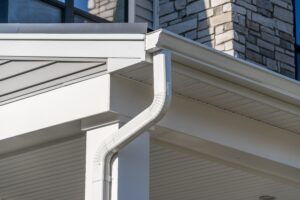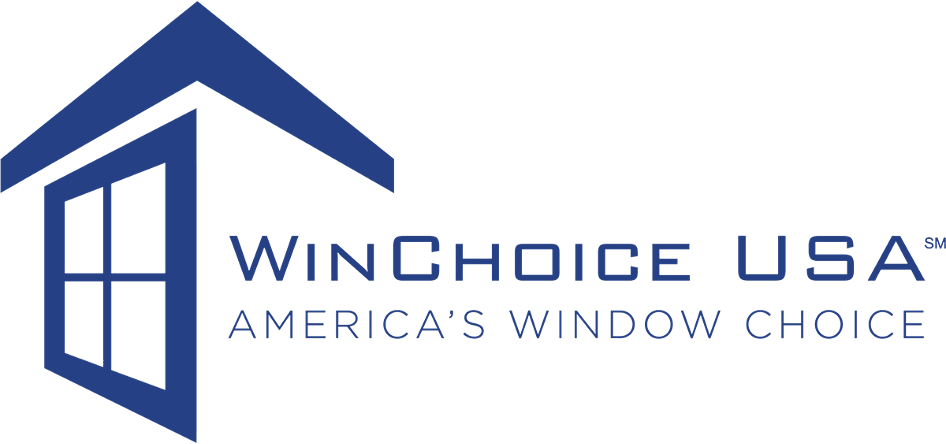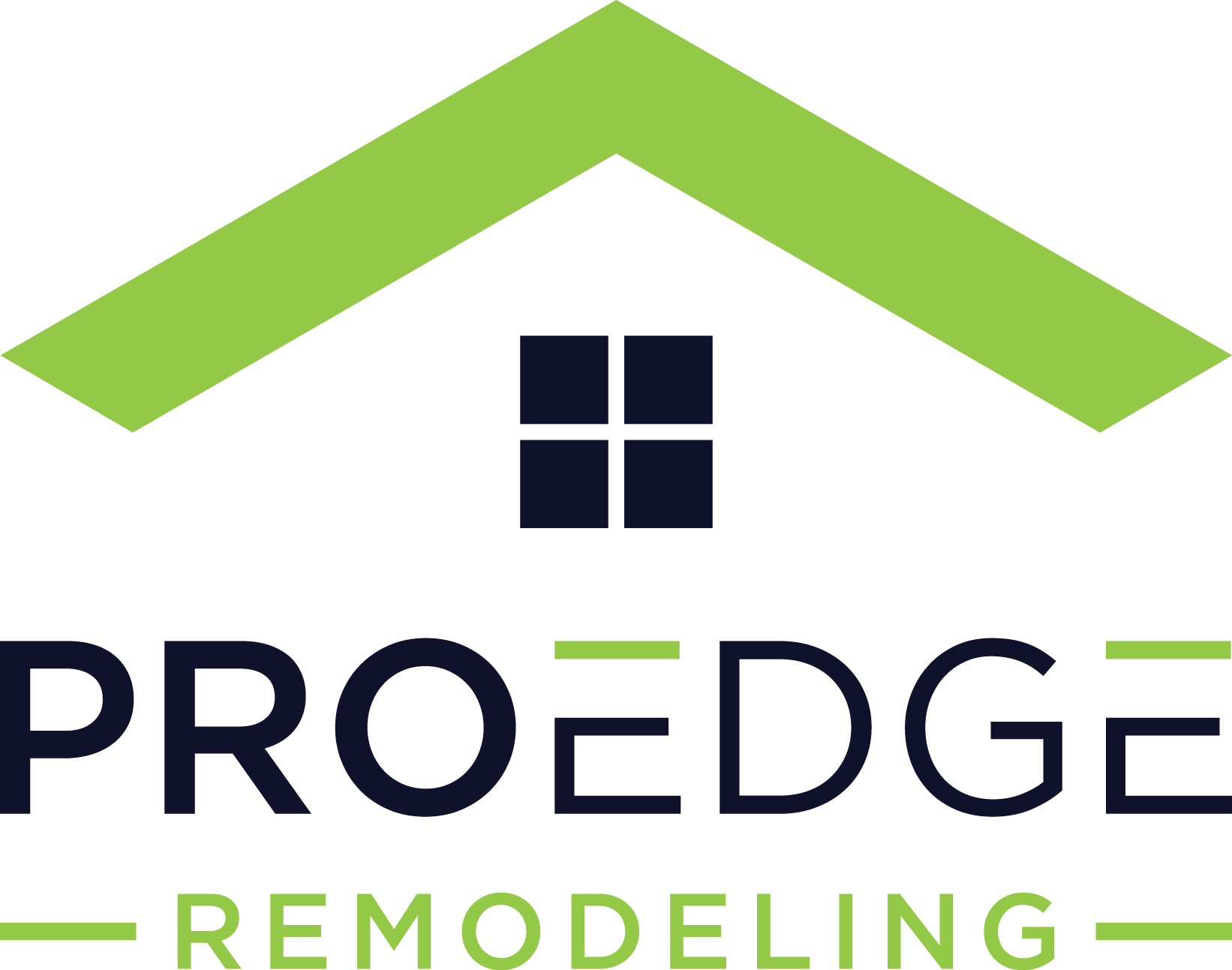Do You Need a Drip Edge on Your Roof?

A drip edge is a simple but essential component of a properly installed roof.
It’s a metal strip that runs along the edges of your roof, directing water away from the fascia and into the gutters. This seemingly small detail can help protect your home from moisture damage, which if left unaddressed can lead to costly repairs down the line.
Without a drip edge, your roof may be vulnerable to water damage, pest infestations, and other issues that could compromise the integrity of your home.
But do you really need a drip edge on your roof?
The answer is a resounding YES.
In fact, most building codes require the installation of a drip edge on all new roofs. Even if your local code doesn’t mandate it, installing a drip edge is a smart investment in the longevity and durability of your home.
How a Drip Edge Works
To understand the importance of a drip edge, let’s take a closer look at how it works. When rain or snow falls on your roof, it naturally flows downward towards the edges. Without a drip edge, this water can seep under the shingles and into the underlayment, causing damage to the decking and even the interior of your home.
A properly installed drip edge creates a barrier that prevents this from happening. The metal strip extends beyond the edge of the roof, directing water into the gutters and away from the fascia. This not only protects your home from moisture damage but also helps to prevent ice dams from forming in colder climates.
What are the Benefits of Installing a Drip Edge?
- Protection Against Water Damage: It prevents water from seeping under shingles and fascia, reducing the risk of rot and leaks.
- Pest Prevention: It acts as a barrier against pests and small animals trying to nest in the fascia boards.
- Improved Gutter Performance: By directing water into the gutters, it ensures efficient water flow and reduces the likelihood of gutter clogging.
- Extended Roof Lifespan: By safeguarding the roof’s edge from water damage, it contributes to the overall longevity of the roofing system.
The Consequences of Not Having a Drip Edge
So what happens if you don’t have a drip edge on your roof? The consequences can be severe and costly. Here are just a few of the problems that can arise:
Water Damage
Without a drip edge, water can seep under the shingles and into the underlayment, causing damage to the decking and even the interior of your home. This can lead to leaks, mold growth, and structural damage that can be expensive to repair.
Pest Infestations
When water seeps into the fascia and soffit, it creates an ideal environment for pests like carpenter ants and termites. These insects can cause extensive damage to the wooden components of your home, compromising its structural integrity and requiring costly repairs.
Ice Dams
In colder climates, the lack of a drip edge can contribute to the formation of ice dams. When heat from the interior of your home melts snow on the roof, the water can refreeze at the edges, creating a dam that prevents proper drainage. This can cause water to back up under the shingles, leading to leaks and damage.
Installing a Drip Edge
Installing a drip edge is a relatively simple process that can be done by a professional roofing contractor or a skilled DIY enthusiast. Here are the basic steps:
- Remove the first row of shingles along the edges of the roof.
- Install the drip edge along the eaves, ensuring that it extends beyond the edge of the roof.
- Install the drip edge along the rakes (the sloped edges of the roof), overlapping the eave drip edge.
- Reinstall the shingles, ensuring that they overlap the drip edge.
It’s important to use the proper materials and techniques when installing a drip edge. The metal should be galvanized or painted to prevent rust, and it should be installed with roofing nails or screws to ensure a secure hold.
FAQs
Are There Different Types of Drip Edges?
Yes, there are several types of drip edges, including L-style, C-style, T-style, and F-style, each suited for different roof types and conditions.
Can You Install a Drip Edge on an Existing Roof?
Yes, an F-style drip edge is typically recommended when adding a drip edge to an existing roof. It has a long top edge that makes it easy to install over existing shingles.
Is a Drip Edge Visible After Installation?
It depends on the roof’s design and the type of drip edge used. Some styles are designed to be less visible, while others may be more noticeable.
How Does a Drip Edge Improve Gutter Performance?
By directing water more efficiently into the gutters, a drip edge helps maintain a continuous flow, reducing the chances of gutter overflow and minimizing the need for gutter cleaning.
Can a Drip Edge Prevent Ice Dams?
While a drip edge itself does not prevent ice dams, it helps ensure proper water flow off the roof, which can indirectly help prevent the conditions that lead to ice dam formation.
Is It Mandatory to Install a Drip Edge?
In many regions, building codes require the installation of a drip edge on all shingle roofs. Even if not mandated by local codes, it is highly recommended due to its protective benefits.
The Bottom Line
Installing a drip edge on your roof protects your home from water damage, pest infestations, and other issues that can compromise its structural integrity and lead to costly repairs.
While some homeowners may be tempted to skip this step to save money, the long-term costs of not having a drip edge far outweigh the short-term savings. Investing in a properly installed drip edge is a smart choice that will pay off in the long run by extending the life of your roof and protecting your home from damage.
So if you’re in the process of installing a new roof or replacing an old one, make sure to include a drip edge in your plans. Your home will thank you for it.
Additional Roofing Resources
- Partial Roof Replacement: a Cost-Effective Solution
- How Much Does Metal Roofing Cost?
- Is Your Roof Due for an Upgrade?

Anna has over six years of experience in the home services and journalism industries and serves as the Content Manager at MyHomePros.com, specializing in making complex home improvement topics like HVAC, roofing, and plumbing accessible to all. With a bachelor’s degree in journalism from Auburn University, she excels in crafting localized, comprehensive guides that cater to homeowners’ unique needs. Living on both coasts of the United States has equipped her with a distinctive perspective, fueling her passion for turning any house into a cherished home through informed, personalized decision-making.
Connect with top-rated local contractors who can help you with siding, roofing, HVAC, windows, and more. Get free quotes from verified professionals in your area today.








